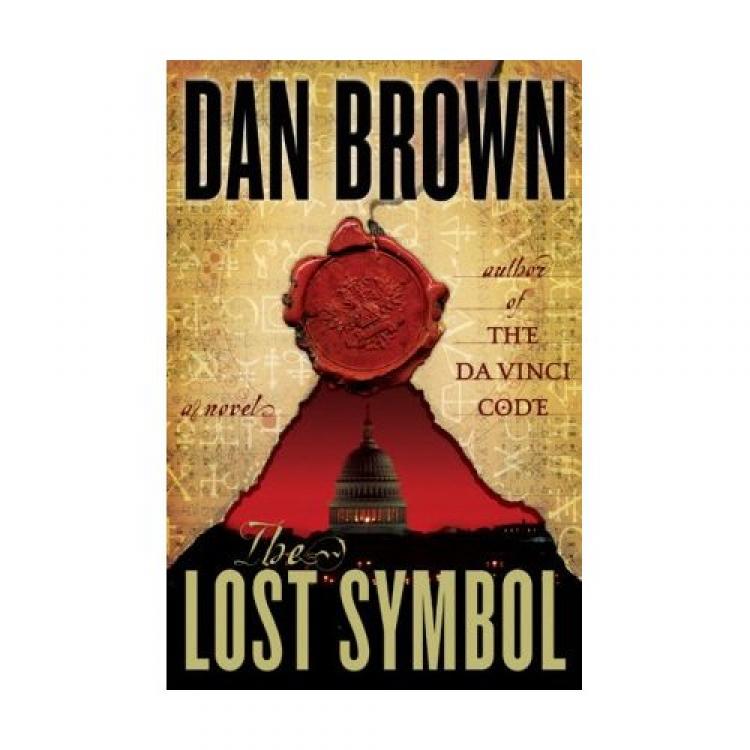Dan Brown’s latest book about Washington DC and Freemasonry starts slow, picks up towards the middle, and becomes a terrific page-turner—complete with the kind of breathless chase that made The Da Vinci Code and Angels and Demons so compelling.
But then the story ends on page 400, which is unfortunate for the reader since the book continues on for about a hundred more pages. The villain is a crazy fiend, like the man-monster in Thomas Harris’s Red Dragon, complete with a diabolical basement lair.
Without giving too much away, I’m still wondering how Peter Solomon was able to regard his amputation as, in the words of Monty Python, “a mere flesh wound”. And though I was fascinated by Langdon’s suspended animation, I wondered how he sprang back so quickly and wasn’t worried about pneumonia.
The book, like other Dan Brown novels before it, doesn’t stand up to scrutiny, but that isn’t to say that it isn’t a darn good read. I just wish I could get the face of Tom Hanks out of my head when Robert Langdon crosses the page.
But then the story ends on page 400, which is unfortunate for the reader since the book continues on for about a hundred more pages. The villain is a crazy fiend, like the man-monster in Thomas Harris’s Red Dragon, complete with a diabolical basement lair.
Without giving too much away, I’m still wondering how Peter Solomon was able to regard his amputation as, in the words of Monty Python, “a mere flesh wound”. And though I was fascinated by Langdon’s suspended animation, I wondered how he sprang back so quickly and wasn’t worried about pneumonia.
The book, like other Dan Brown novels before it, doesn’t stand up to scrutiny, but that isn’t to say that it isn’t a darn good read. I just wish I could get the face of Tom Hanks out of my head when Robert Langdon crosses the page.








